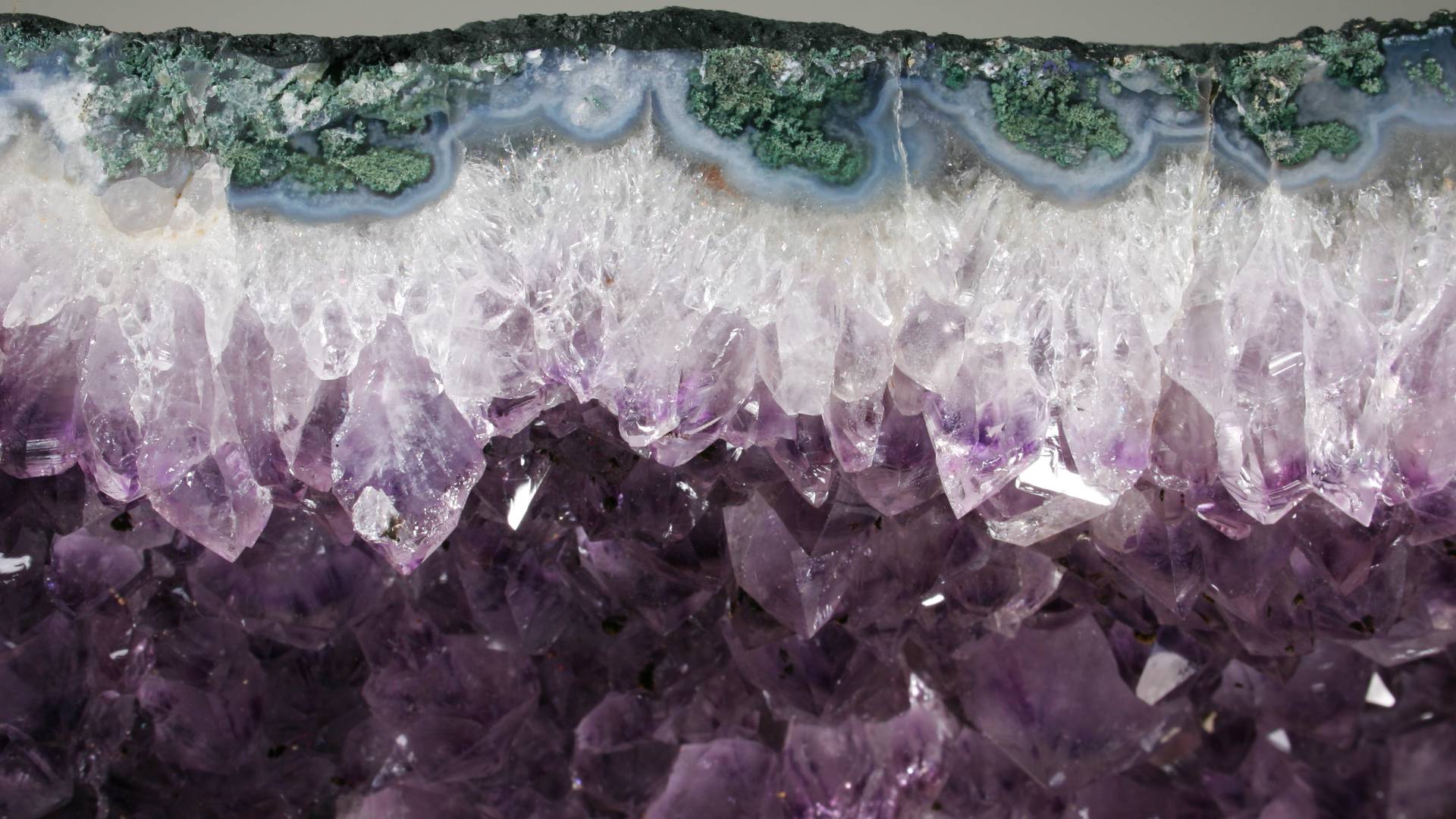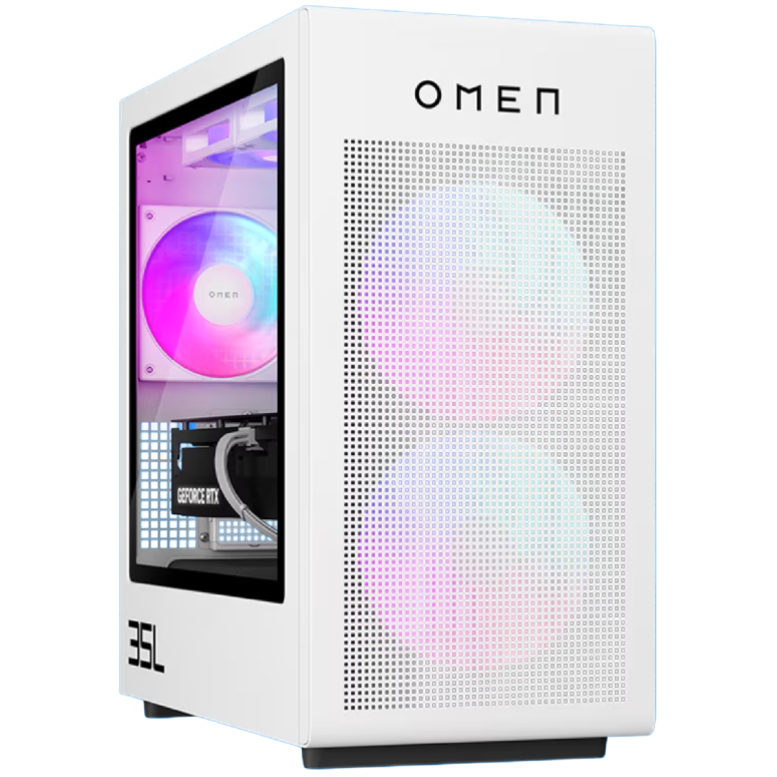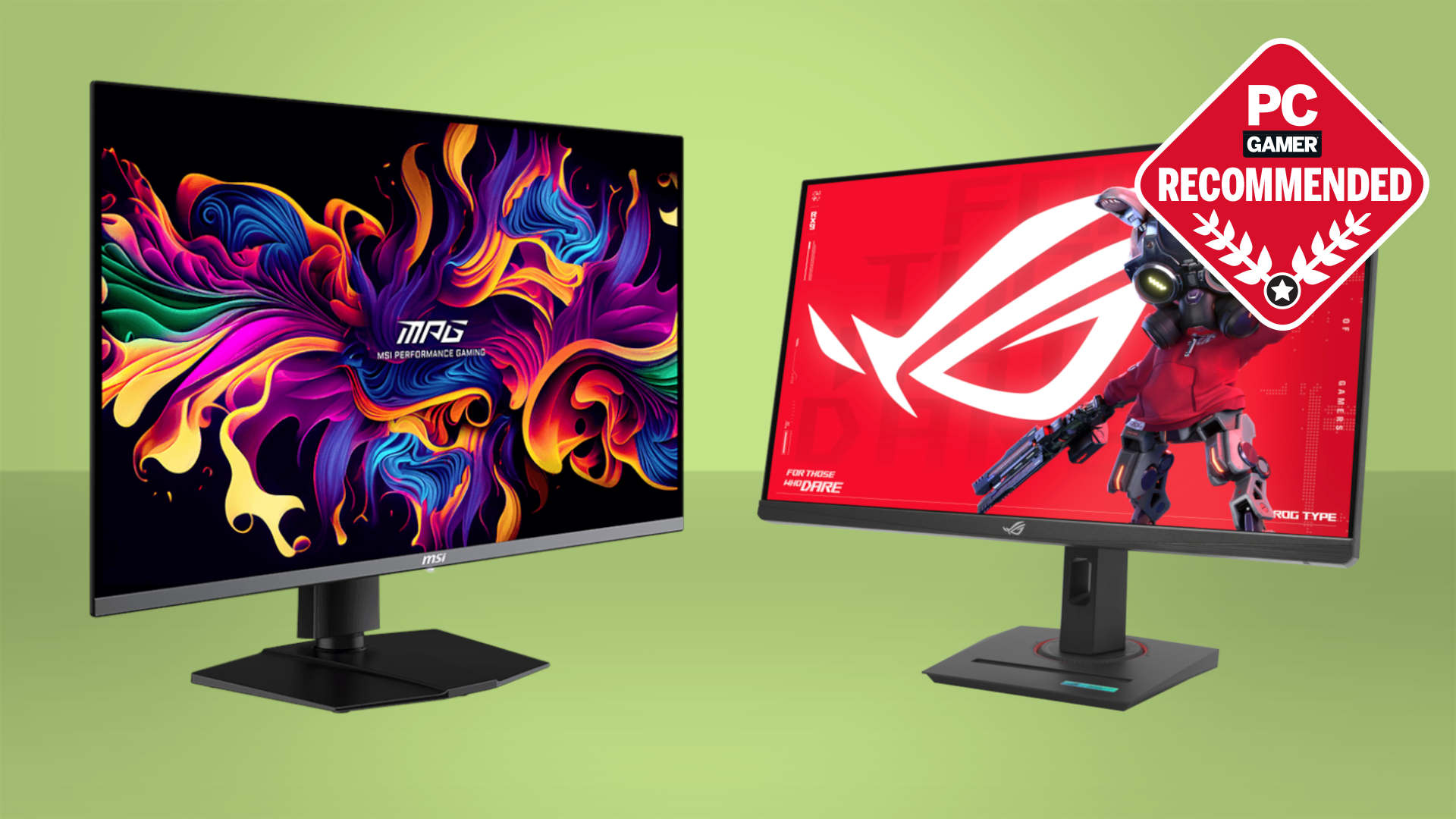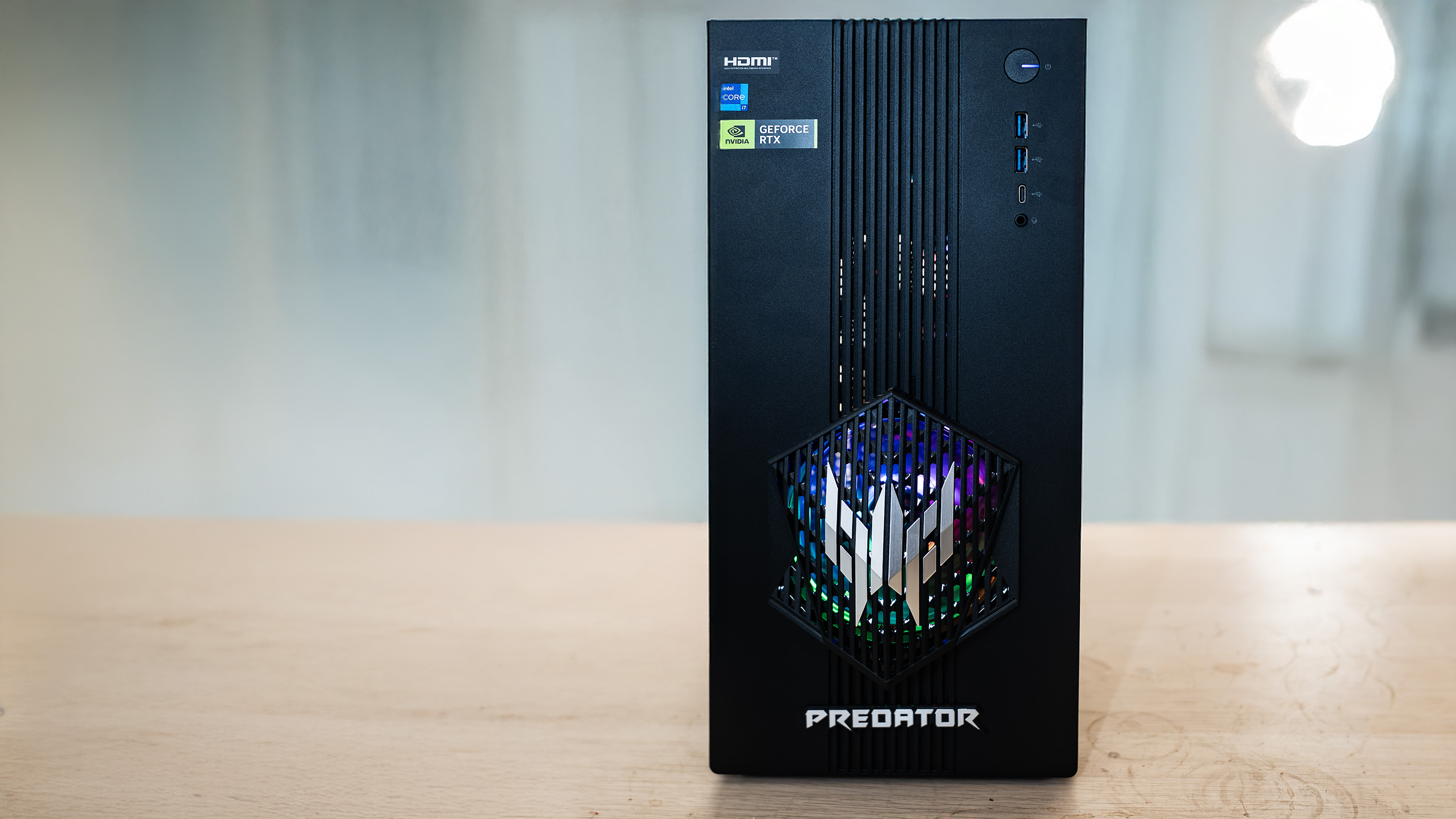AMD offers an update on Project Amethyst, a Sony collaboration that's already 'delivered smarter, more efficient solutions like Super Resolution in FSR 4'
Tech as a team sport.

Earlier this week, senior vice president of AMD Jack Huynh and PS5 lead system architect Mark Cerny revisited their co-engineering effort with a glittering cross-section of quartz. Alright, they've got my attention. Named after the purple stone the two tech heads are seen posing beside, Project Amethyst began back in 2023 as an AMD-Sony collaboration intended to deliver "smarter, more efficient solutions" that both companies can then reap the rewards of, such as "Super Resolution in FSR 4."
On Tuesday, Huynh wrote that this collaboration is currently working towards "paving the way for machine learning based Frame Generation and Ray Regeneration in FSR Redstone."
To briefly recap, the latest, machine learning-enhanced version of AMD's upscaler FSR 4 was announced back in February, with a glimpse of its Redstone update following in May. What the aforementioned AMD-Sony collaboration means in the near future is that owners of base PS5's may want to upgrade to the Pro when it gets FSR 4 in 2026.
According to an interview with Mark Cerny from Tom's Guide, FSR 4 is intended to be a mostly painless "drop-in replacement for the current PSSR"—'PlayStation Spectral Super Resolution' is Sony's current upscaling tech for its Pro consoles. But this isn't PlayStation Gamer, so what does that mean for PC hardware heads?
Well, for one thing, it means that both tech companies are growing increasingly intertwined; to ignore PlayStation in this equation really is missing the bigger picture as there's arguably more than a little PlayStation in the latest AMD cards. That said, this isn't a case of copied homework but more a 'sharing is caring' approach (which certainly makes a change from the big tech slap fights of recent memory).
From the same source. Two branches. One vision.My good friend and fellow gamer @cerny and I recently reflected on our shared journey — symbolized by these two pieces of amethyst, split from the same stone.Project Amethyst is a co-engineering effort between @PlayStation and… pic.twitter.com/De9HWV3Ub2July 1, 2025
Mark Cerny tells Tom's Guide, "[Project Amethyst is not in aid of] proprietary technology. This is really trying to move the industry forward. Obviously we want to use these technologies on our consoles, but these technologies are available to any of AMD's customers freely."
Rising tides lifting at least these two boats? At any rate, if you've got an RDNA 3 AMD card and you want to enjoy all the framerate and resolution improvements offered by FSR 4, you're also going to need to upgrade. Just as base PS5 consoles can't handle the upscale upgrade to FSR 4, older AMD cards can't either. As Cerny also told Tom's Guide, "It's not a cut-down [version] of the algorithm—it's the full-fat version of the co-developed super resolution that we'll be releasing on PS5 Pro."
Keep up to date with the most important stories and the best deals, as picked by the PC Gamer team.
In short, you'll need to pick up an RDNA 4 GPU if you want to go hands-on with Redstone's machine learnings. But what about the less immediate longer term? As you may or may not know, a big chunk of my early career was spent writing for print publications focussed on all things PlayStation. That doesn't mean I think the next Radeon graphics card will essentially be a mini-PlayStation, though Cerny's fingerprints will undoubtedly be all over the RDNA 4-successor codenamed GFX13.
Cerny shares, "Big chunks of RDNA 5, or whatever AMD ends up calling it, are coming out of [the] engineering I am doing on the project. And again, this is coming out of trying to move things forward. There are no restrictions on the way any of it can be used."

1. Best overall:
HP Omen 35L
2. Best budget:
Lenovo Legion Tower 5i
3. Best compact:
Velocity Micro Raptor ES40
4. Alienware:
Alienware Aurora
5. Best mini PC:
Minisforum AtomMan G7 PT

Jess has been writing about games for over ten years, spending the last seven working on print publications PLAY and Official PlayStation Magazine. When she’s not writing about all things hardware here, she’s getting cosy with a horror classic, ranting about a cult hit to a captive audience, or tinkering with some tabletop nonsense.
You must confirm your public display name before commenting
Please logout and then login again, you will then be prompted to enter your display name.

